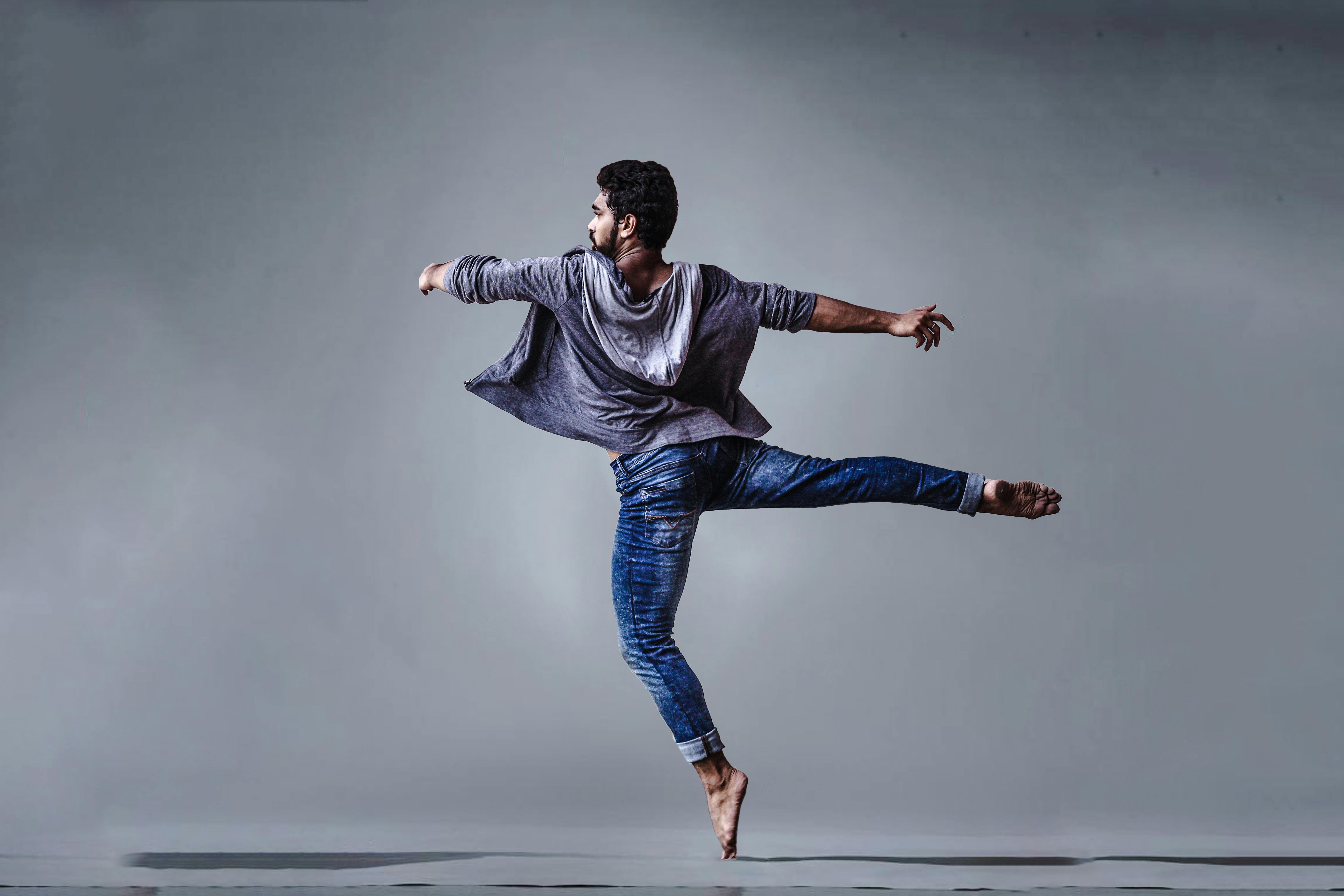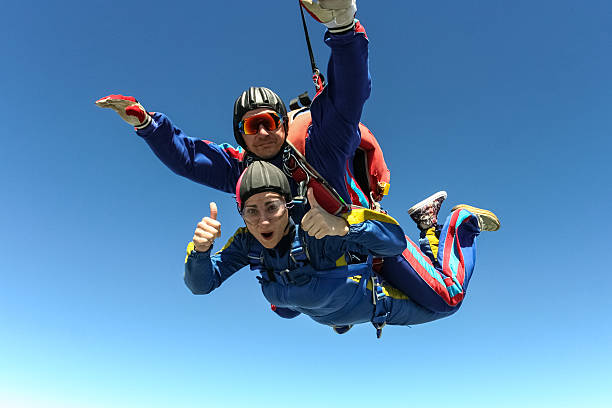Shaping Realities: The Surge of Virtual Reality in Contemporary Dance
Introduction: Delve into the captivating merger of technology and performance as we explore the rising trend of Virtual Reality (VR) in contemporary dance—an intriguing blend of innovation, art, and movement. Virtual Reality, once a concept confined to the realms of science fiction, is increasingly finding its place in the world of contemporary dance. This innovative technology, which immerses users in a computer-generated environment, is revolutionizing the way artists create and audiences perceive dance performances. The integration of VR into dance can be traced back to the late 1990s and early 2000s, with pioneers like choreographer Wayne McGregor experimenting with digital environments to visualize and manipulate dance movements.

Current Trends: The Digital Ballet
Presently, the fusion of VR and dance continues to evolve with companies like Dutch National Ballet and dance artists like Gilles Jobin creating immersive dance experiences. Jobin’s “VR_I,” a groundbreaking VR dance piece, allows audiences to interact with dancers in a virtual landscape, redefining the boundaries of performance and audience participation.
Impact and Reception: A New Dimension
The adoption of VR in contemporary dance has been met with a mix of fascination, curiosity, and apprehension. It opens up new horizons in terms of choreographic possibilities, expanding the scope of spatial and kinetic exploration. Critics laud the immersive quality of VR dance performances, citing an enhanced sense of presence and emotional connection. However, some traditionalists express concerns about the potential loss of human touch and immediacy intrinsic to live dance performances.
Research Insights: The Dance of the Future?
Studies into the use of VR in dance underscore its capacity to revolutionize the way choreographers create and audiences experience dance. Research conducted by the University of Illinois Dance Department revealed that VR can facilitate greater understanding of complex dance movements, enabling dancers to better visualize and execute intricate choreography.
Accessibility and Enjoyment: A Delicate Balance
Balancing the novelty of VR with the visceral, tactile experience of dance is a challenge. Too much emphasis on technology can overshadow the beauty of the physical performance. Nonetheless, the continuous evolution of VR technology and its increasing accessibility suggest that VR-infused dance could become a mainstream form of artistic expression.
In conclusion, the fusion of Virtual Reality and contemporary dance is a burgeoning trend that is pushing the boundaries of artistic expression. As technology continues to advance and intertwine with the arts, we can expect even more fascinating developments on the horizon.




